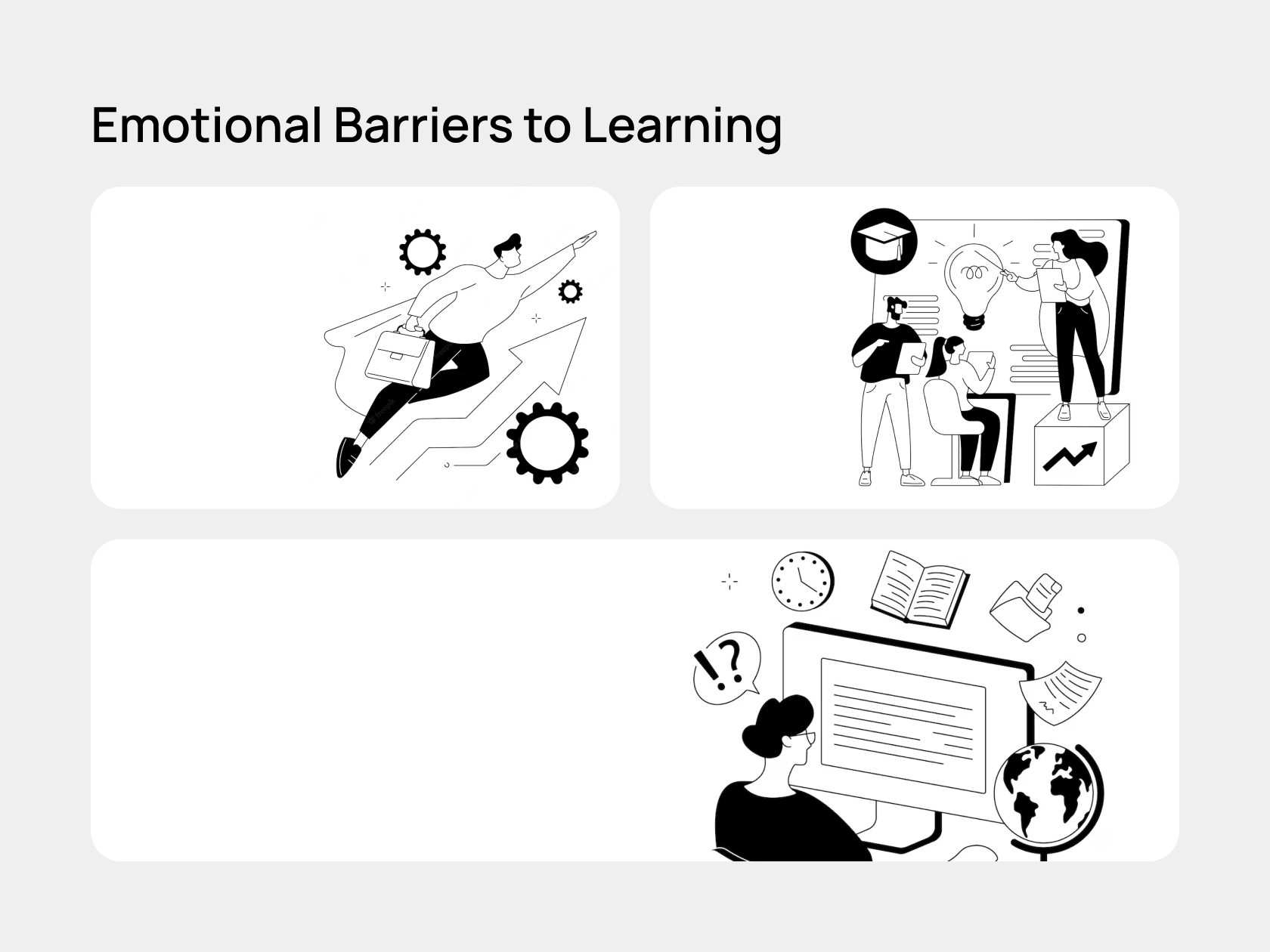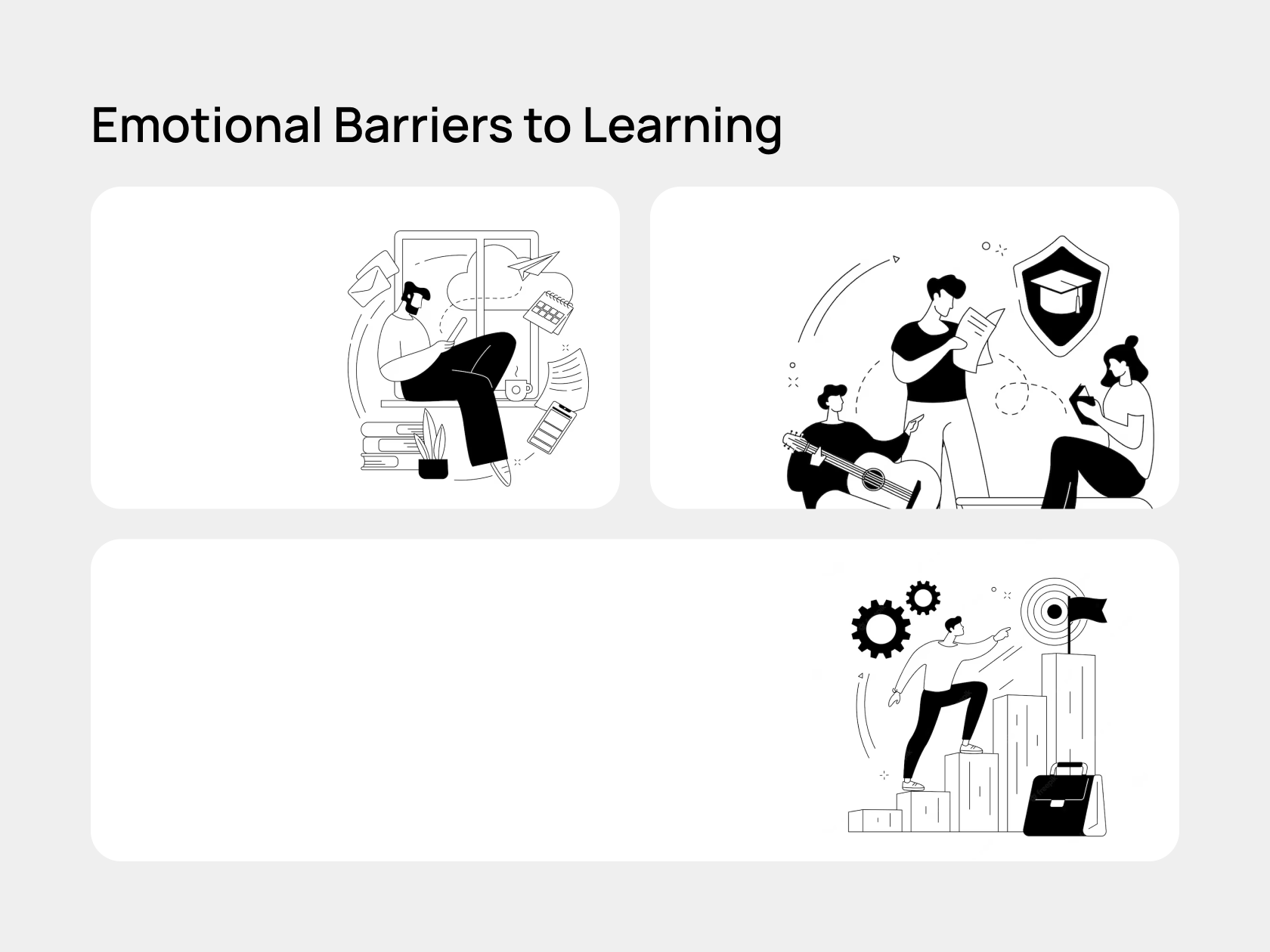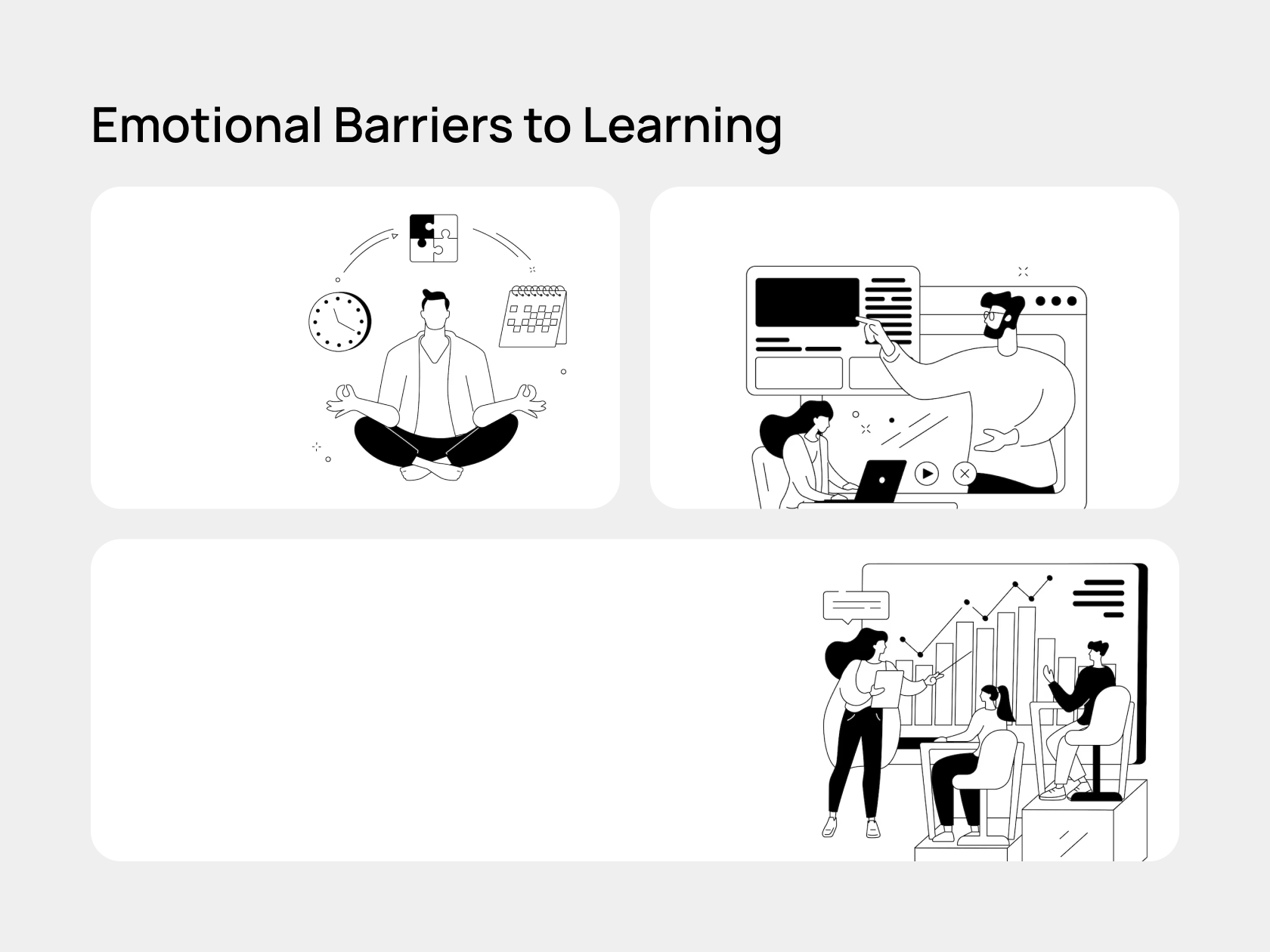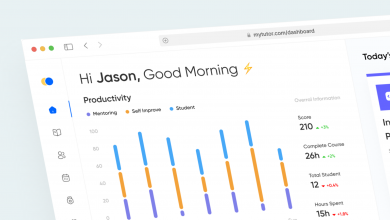Even though learning is a two-way process and requires a certain responsibility from the students themselves, the crucial role in the effectiveness of this process still remains with those who present the learning material. In particular, we are talking about overcoming educational barriers typical for students that they may encounter when mastering new areas of knowledge. Below we will delve into the topic of barriers to education and obstacles to learning in more detail.
What Are Barriers to Learning?
Barriers or difficulties that arise in the educational activities of students, as a rule, lead to such a phenomenon as underachievement. Failure is understood as a situation in which the behavior and learning outcomes do not meet the requirements and standards of an educational institution. With the right approach, these barriers can be predicted, and thus the risk of their occurrence for the vast majority of students will be minimized. Let's see what these barriers are and how they can be overcome.
Emotional Barriers to Learning
When it comes to overcoming learning barriers for students, you need to understand that they can be external and internal (emotional). External ones include lack of time for learning, access to knowledge, tools to perform practical tasks, etc.
They are well-defined and, therefore, easy to eliminate. If we talk about emotional barriers, they are not so obvious. That is why we propose to analyze them below.

Resistance to change
Fear of change is one of the most common emotional barriers to learning. Indeed, for many of us, education is getting new knowledge and meeting new people, competition, criticism, and much more. Moreover, the traditional communication format – offline, in groups – is the most vulnerable to this barrier.
Therefore, to eliminate it, you will have to rethink this approach and do exactly the opposite: isolate your students from excessive communication (for example, by transferring learning to an online format, for example, to the Learning Management System, or LMS), minimize subjective criticism (this is achievable through automated assessment), and give the competition a positive context (for example, through eLearning gamification).
Fear of failure
Another barrier may be the fear of failure – that is, the fear of making mistakes in completing tasks and thus demonstrating an insufficiently high level of knowledge. This problem is easily solved by isolating the results of assessing the level of student's knowledge from each other, as well as through the objectification of this procedure (which means excluding the human factor from checking completed tasks). All this is easily implemented within the custom LMS.
Lack of focus
It can be pretty tricky for your students to focus on listening to lecture materials and doing practical tasks. This can have several reasons, from the wrong length of lessons to the inability to highlight critical points in the presentation material. Also, the high complexity of the training material can be the culprit.
Although there is no one-size-fits-all approach to solving these problems, and often the key aspect in this is the high professionalism of the teacher, with digital learning solutions, you can try to implement gamification. Note that this concept is usually applied to digital LMSs but is also achievable offline.
By the way, if you are interested in how we managed to implement gamification for a large-scale transport company that needed an online training platform for drivers, please, take a look at our case study.
Motivational barriers to learning
Similarly, gamification can improve your students' performance by increasing their motivation throughout the learning process. In particular, upon reaching a new knowledge section and successfully completing test tasks, you can reward them with specific game-like achievements to make these resource-intensive activities more informal.
Moreover, this feature may become an essential part of your corporate culture, and thus, you will build a special image for your company in your students’ eyes. This can also have a positive effect on their motivation, as it is always interesting to deal with an organization with a strong image.
Lack of previous knowledge
It may also be difficult for your students to navigate new learning materials due to insufficient skill background. This problem can be solved in a complex way. First, you must implement a system of assessing your students' initial level of preparation to divide them into groups correctly.
For under-prepared groups, you will need to provide extra hours to fill in knowledge gaps that may prevent them from smoothly learning new material. And finally, each of your students should have free access to a shared knowledge base (it can be an integral part of your LMS) where they will be able to independently turn to fill in these gaps as needed.

Lack of purpose
Your students clearly understand why they need to learn something new. Conversely, the lack of this understanding can severely hinder their effective learning. To eliminate this risk, you must set clear and transparent goals for your students in each of your classes.
Namely, this transparency consists in describing the prospects for the practical application of their new knowledge and skills, i.e., in indicating the benefits that will open up further opportunities for career growth and hence an increase in their salary.
Lack of seeing the big picture
The plethora of specific examples in your training materials can play tricks on some of your students by not giving them a big picture of how to deal with tasks other than those you gave in the examples.
That is why you will need to choose the optimal balance between theoretical and practical learning material so that your students understand the possible scenarios for setting new problems and can solve them on their own.
Personal learning barriers
In addition to the general reasons for the underachievement of your students, there may also be individual ones that are characteristic of students due to their specific negative learning experiences in the past.
If we talk about the offline learning format, you can find out these triggers during a personal conversation with a student. As for online learning, you can introduce customization options into your online platform, from choosing the optimal pace of education to a unique approach to testing the student’s knowledge, receiving feedback from mentors, and certification.
Different learning styles
Some of your students may remember better what they see, some - what they hear, and some may show top performance after practical group work. It is essential to understand that there can be many approaches to presenting educational material to students, and there is no universal one among them. It can be implicit learning, visual learning, associative learning, cooperative learning, and even kinesthetic learning.

In fact, this list is longer, and your primary task is to choose the type of education that will be the most suitable for your students. If you can implement several educational programs at once, an excellent solution would be to conduct initial testing of students to distribute them into groups and assign a specific type of training to each of them. If this is not possible, you can personally offer each of your students the materials and exercises that suit them best. If we talk about online learning with the help of an LMS or HRMS system, this is easy to implement using customized settings.
If you want to get acquainted with a particular example of a non-standard approach to learning, you can check out our case study – a Wezom Academy project aimed at training digital specialists in such areas as software development, web design, testing, and much more. The core feature of this solution was also gamification, but given the variety of specializations, we had to choose a unique approach for each of the courses.
Conclusion
In fact, the problem of barriers to learning most often lies in the use of outdated methods and the lack of an individual approach for each student. At the same time, modern achievements related to the use of digital technologies can effectively eliminate it.
In particular, if you are interested in developing a custom online learning platform that delivers consistently high academic results for your students, feel free to contact us. Our team has vast experience in creating learning management systems, and now we are happy to take on your project, no matter how complex and specific the requirements of your business industry may be.

